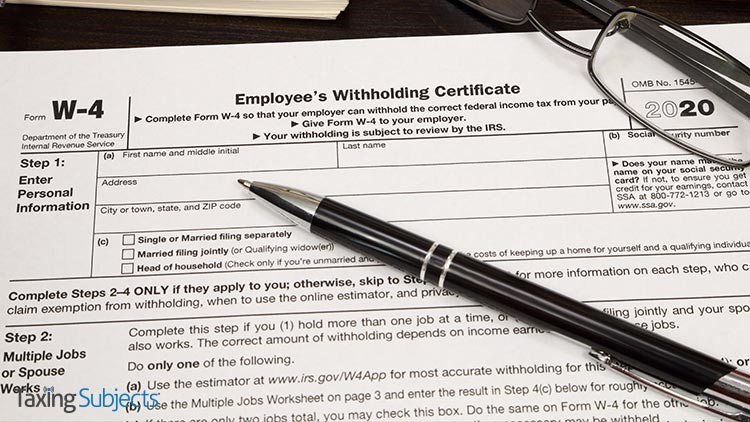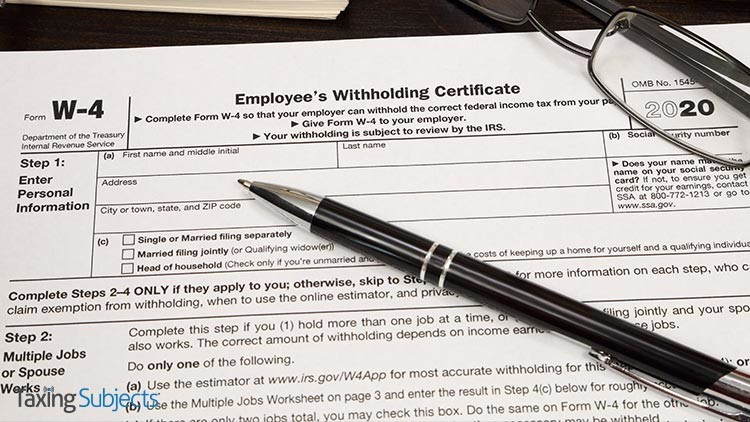
Now that the income tax filing deadline has passed, it’s a good time to take a hard look at whether we have the right amount of taxes withheld from our paychecks. After all, getting hit with a big tax bill after filing can often mean that the employee isn’t withholding enough of their paycheck to cover taxes.
Adjusting withholding also makes sense if a taxpayer has had life changes during the previous year, such as getting married. Fortunately, taxpayers don’t have to do this on their own, since the Internal Revenue Service has some resources they can use to make the right decision.
To make changes to withholding, taxpayers should check with their employer; they may have to file a new Form W-4, Employee’s Withholding Certificate.
When should taxpayers make an adjustment to withholding?
The IRS says that taxpayers who hold down multiple jobs or receive income from a source that’s not subject to withholding might need to increase the amount of withholding on their paychecks. Without changes, these taxpayers run the risk of owing additional tax—and maybe even penalties—the next time they file a tax return.
On the other hand, the agency suggests a decrease in withholding may be advisable if the taxpayer qualifies for tax credits or deductions beyond just the standard deduction.
If adjustments are needed either way, the taxpayer will have to submit a new Form W-4 to their employer as soon as possible. Withholding, after all, goes on all year.
Who should check withholding?
The IRS recommends a check of withholding levels for certain categories of taxpayer. The agency says these include:
- [Taxpayers] whose spouse is an employee
- [Taxpayers] who work two or more jobs at the same time or only work for part of the year
- [Taxpayers] who claim credits such as the child tax credit
- [Taxpayers] with dependents age 17 or older
- [Taxpayers] who itemized deductions on prior-year returns
- [Taxpayers] with high incomes and more-complex tax returns
- [Taxpayers] with large tax refunds or large tax bills for last year
The Tax Withholding Estimator can remove guesswork
The IRS Tax Withholding Estimator can help employees, retirees and self-employed taxpayers figure out if a change in withholding is needed. This online tool uses a step-by-step approach. Users can check their withholding and get suggestions tailored for the amount of refund they’d like to get at tax time.
The Tax Withholding Estimator can help taxpayers determine if they need to fill out a new Form W-4 and what information should go on it. Using the Tax Withholding Estimator also saves time, since the online tool fills out the form’s worksheets.
Before using the online tool, taxpayers should have a few pieces of information handy, including:
- Most recent pay statements
- Information from other income sources
- Most recent income tax return
However, the IRS notes the estimator “does not ask for sensitive information such as name, Social Security number, address, or bank account numbers.”
What about state income tax withholding?
If changes in federal withholding are needed, taxpayers may need to adjust their state tax withholding as well. They can check with their state’s department of revenue for more information.
Still have questions about withholding? Check out the Tax Withholding Estimator FAQs, and Publication 505, Tax Withholding and Estimated Tax.
Source: Checking withholding can help taxpayers decide if they need to give their employer a new W-4.

